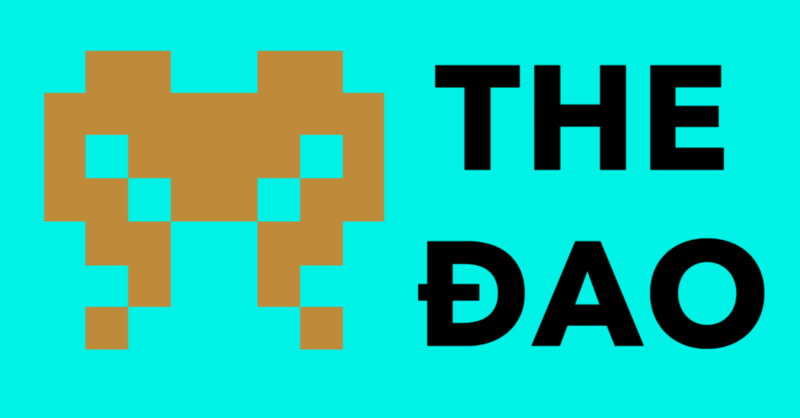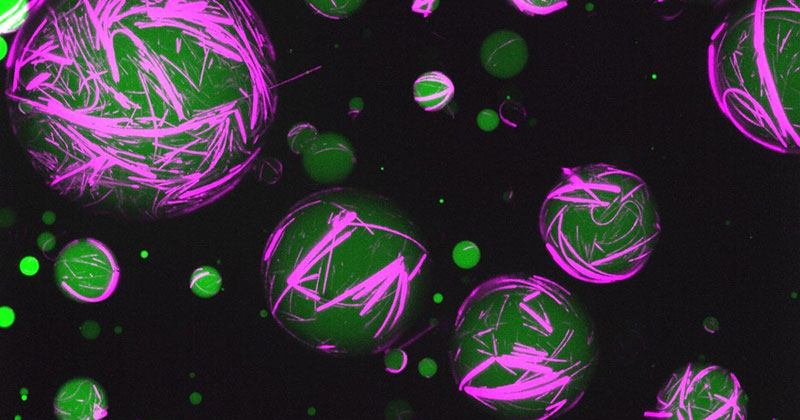
Cambridge Ring (computer network)
The Cambridge Ring was an experimental local area network architecture developed at the Computer Laboratory, University of Cambridge starting in 1974[1] and continuing into the 1980s. It was a ring network with a theoretical limit of 255 nodes (though such a large number would have badly affected performance), around which cycled a fixed number of packets. Free packets would be "loaded" with data by a machine wishing to send, marked as received by the destination machine, and "unloaded" on return to the sender; thus in principle, there could be as many simultaneous senders as packets. The network ran over twin twisted-pair cabling (plus a fibre-optic section).
There are strong similarities between the Cambridge Ring and an earlier ring network developed at Bell Labs based on a design by John R. Pierce.[2][3][4] That network used T1 lines at bit rate of 1.544 MHz and accommodating 522 bit messages (data plus address).
In 2002, the Computer Laboratory launched a graduate society called the Cambridge Computer Lab Ring named after the Cambridge Ring.[citation needed ]























